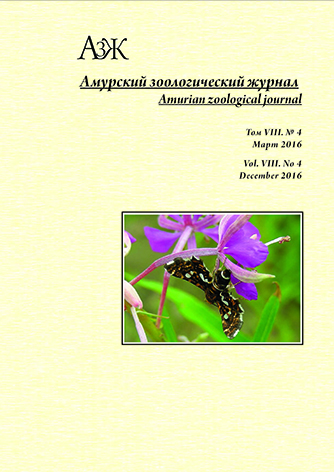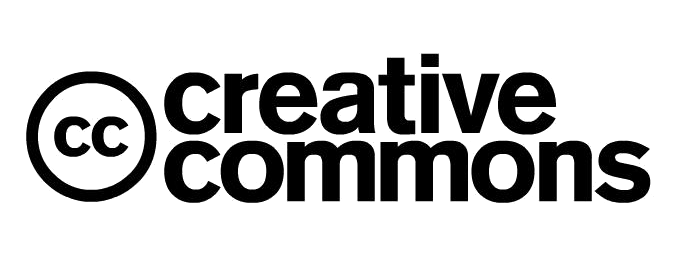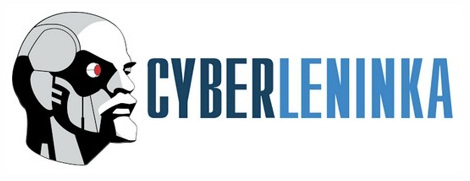NEW FINDS OF THE GELECHIID MOTHS OF SUBFAMILY ANOMOLOGINAE (LEPIDOPTERA, GELECHIIDAE) IN THE PRIMORSKII KRAI. 2. THE GENUS MONOCHROA HEINEMANN, 1870
DOI:
https://doi.org/10.33910/1999-4079-2016-8-4-282-291Keywords:
Gelechiidae, Anomologinae, Monochroa, new species, Prymorskii KraiAbstract
From southern Primorye described five new species for science Gelechiidae of the genus Monochroa Hein. (M. finitima sp. nov., M. iterata sp. nov., M. ammixta sp. nov., M. succosa sp. nov., M. infuscata sp. nov.).
References
ЛИТЕРАТУРА
Кузнецов В.И., Стекольников А.А., 1984. Систематика и филогенетические связи семейст и надсемейств гелехиоидных чешуекрылых инфраотряда Papilionomorpha (Lepidoptera: Copromorphoidea, Elachistoidea, Coleophoroidea, Gelechioidea) с учетом функциональной морфологии гениталий самцов // Труды Зоологического института АН СССР, Т. 122. С. 3-68.
Омелько М.М., 1999. 41. Сем. Gelechiidae – Выемчатокрылые моли // Определитель насекомых Дальнего Востока России. Т.5. Ручейники и чешуекрылые. Ч. 2. Владивосток: Дальнаука. С. 102-194.
Омелько М.М., Омелько Н.В., 2016. Новые находки выемчатокрылых молей (Lepidoptera, Gelechiidae) из подсемейства Anomologinae в Приморском крае. 1. Род Monochroa Heinemann, 1870 // Амурский зоологический журнал. Т. VIII, №3. С. 191-198.
Пискунов В.И., 1975. Новые данные по фауне выемчатокрылых молей (Lepidoptera, Gelechiidae) европейской части СССР // Энтомологическое обозрение, Т. 54, вып. 4. С. 857-871.
Пискунов В.И., 1981. 50. Сем. Gelechiidae – выемчатокрылые моли // Определитель насекомых Европейской части СССР. Т. 4. Чешуекрылые. Ч. 2. Л.: Наука. С. 659-748.
Пономаренко М.Г., 2008. Gelechiidae. Каталог чешуекрылых (Lepidoptera) Росси / С.Ю. Синёв (ред.). СПб.-М.: Товарищество научных изданий КМК. С. 87-106.
Sakamaki Y., 1996. A revision of the Japanese species of the genus Monochroa (Lepidoptera, Gelechiidae) // Trans. Lipid. Soc. Japan. 47 (4): 243-246.
Sakamaki Y., 1999. Additional notes on the Japanese species of the genus Monochroa (Lepidoptera, Gelechiidae) // Trans. Lipid. Soc. Japan. 50 (3): 209-215.
REFERENCES
Kuznetsov V.I., Stekolnikov A.A., 1984. Systematics and phylogenetic connections of the family and superfamilies of the gelhyoid lepidoptera infraorder Papilionomorpha (Lepidoptera: Copromorphoidea, Elachistoidea, Coleophoroidea, Gelechioidea), taking into account the functional morphology of male genitalia. Proceedings of the Zoological Institute of the Academy of Sciences of the USSR. Vol. 122. P. 3-68. In Russian.
Omelko M.M., 1999. 41. Sem. Gelechiidae – Otemchatoprylye moth. Key of the insect Far East of Russia. T.5. Trichoptera and Lepidoptera. Part 2. Vladivostok: Dal'nauka. P. 102-194. In Russian.
Omelko M.M., Omelko N.V., 2016. New finds of the gelechiid moths of subfamily Anomologinae (Lepidoptera, Gelechiidae) in the Primorskii krai. 1. The genus Monochroa Heinemann, 1870. Amurian zoological journal. VIII (3). 2016. P. 191-198. In Russian.
Piskunov V.I., 1975. New data on the fauna of gelhyoid moths (Lepidoptera, Gelechiidae) of the European part of the USSR. Entomological review, T. 54, No. 4. P. 857-871. In Russian.
Piskunov V.I., 1981. 50. Family. Gelechiidae – gelhyoid moths. Key of insects in the European part of the USSR. T. 4. Lepidoptera. Part 2. L .: Science. P. 659-748. In Russian.
Ponomarenko M.G., 2008. Gelechiidae. Catalog of Lepidoptera of Russia / S.Yu. Sinev (ed.). SPb.-M .: The Partnership of Scientific Publications KMK. P. 87-106. In Russian.
Sakamaki Y., 1996. A revision of the Japanese species of the genus Monochroa (Lepidoptera, Gelechiidae). Trans. Lipid. Soc. Japan. 47 (4). P. 243-246. In Russian.
Sakamaki Y., 1999. Additional notes on the Japanese species of the genus Monochroa (Lepidoptera, Gelechiidae). Trans. Lipid. Soc. Japan. 50 (3). P. 209-215. In Russian.
Downloads
Published
Issue
Section
License
Copyright (c) 2016 М.М. Омелько, Н.В. Омелько

This work is licensed under a Creative Commons Attribution-NonCommercial 4.0 International License.
The work is provided under the terms of the Public Offer and of Creative Commons public license Creative Commons Attribution 4.0 International (CC BY 4.0).
This license permits an unlimited number of users to copy and redistribute the material in any medium or format, and to remix, transform, and build upon the material for any purpose, including commercial use.
This license retains copyright for the authors but allows others to freely distribute, use, and adapt the work, on the mandatory condition that appropriate credit is given. Users must provide a correct link to the original publication in our journal, cite the authors' names, and indicate if any changes were made.
Copyright remains with the authors. The CC BY 4.0 license does not transfer rights to third parties but rather grants users prior permission for use, provided the attribution condition is met. Any use of the work will be governed by the terms of this license.







